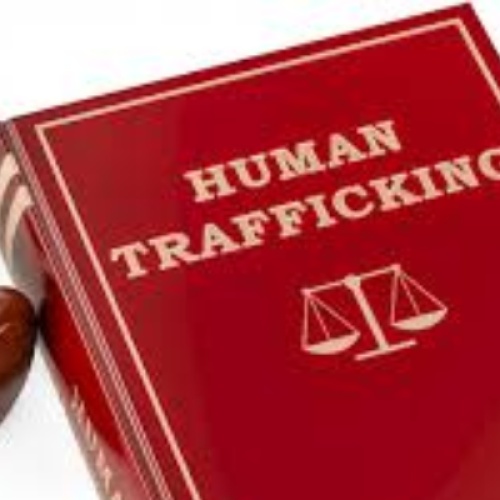what happens after the chains are broken, after the hands that controlled them are gone, and after the system finally says, "You're free." But freedom isn't the end - it's the beginning of a lifelong process. This chapter explores that process: a path not of finality, but of becoming.
1. Survival Mode to Self-Awareness:
In the immediate aftermath, many survivors operate on survival instinct. They may be hypervigilant, withdrawn, angry, or emotionally numb. These are not signs of weakness - they are the body's way of protecting itself after prolonged trauma.
As survivors begin to feel safer, emotionally and physically, the layers of trauma start to rise. Flashbacks. Nightmares. Shame. Guilt. These moments aren't setbacks - they're part of the process. It's here that many survivors begin therapy or trauma-informed counseling, often for the first time in their lives.
Healing starts when survival no longer requires silence.
2. Confronting the Past:
Healing requires confronting the past - not to relive it, but to reclaim it. For some, this means telling their stories in courtrooms or documentaries. For others, it means privately journaling, speaking with a therapist, or sharing within a support group.
Some will never share publicly, and that's okay. Silence can also be strength when it's a choice.
The key part of this stage is control. For the first time, survivors are the narrators of their own experiences.
3. Navigating Justice and Accountability:
Justice looks different for everyone. Some survivors seek to press charges or testify against traffickers. Others walk away from the justice system entirely, choosing peace over legal pursuit. Both paths are valid.
Unfortunately, many survivors face disappointment in legal systems that are under-resourced, retraumatizing, or simply blind to the complexities of trafficking. Still, legal aid organizations and trauma-informed law professionals are working to change that - slowly, case by case.
Justice, when it comes, is not just about punishment. It's about validation.
4. Rediscovering Dreams:
This phase often catches survivors by surprise: the sudden realization that they're allowed to dream. To want. To imagine.
For years, every day was about obedience, pain, and control. Now, they begin asking:
What do I love? What do I want to learn? Who do I want to be?
Some go back to school. Some start businesses. Others write books, sing, paint, or simply begin again - by applying for jobs, opening bank accounts, or decorating a safe home. Every act is a reclamation.
5. Advocacy, Art, and Giving Back:
Many survivors choose to transform pain into purpose - working as peer mentors, nonprofit leaders, counselors, or public speakers. Others quietly support survivors behind the scenes.
Art becomes a powerful outlet: writing poetry, painting trauma, or performing stories that were once silenced. Creativity becomes a way of both expressing and healing.
But advocacy is not expected. Survivors don't owe anyone their stories. If they share them, it's a gift - not a duty.
6. Ongoing Healing:
The afterlife of trafficking doesn't have a finish line. There are anniversaries. There are hard days. There are triggers. But there is also laughter. Friendship. Love. Growth.
Therapy, spiritual practice, community care, and personal rituals all become part of the long-term healing process. And healing isn't linear - it curves, spirals, and restarts.
Survivors are not broken. They are rebuilding.
"The afterlife isn't about going back to who I was. It's about discovering who I get to become."
- Survivor, Age 29
This is the journey from silence to voice, from victim to survivor to self. The afterlife process is not perfect, and it's never easy - but it is possible. And it is powerful.






